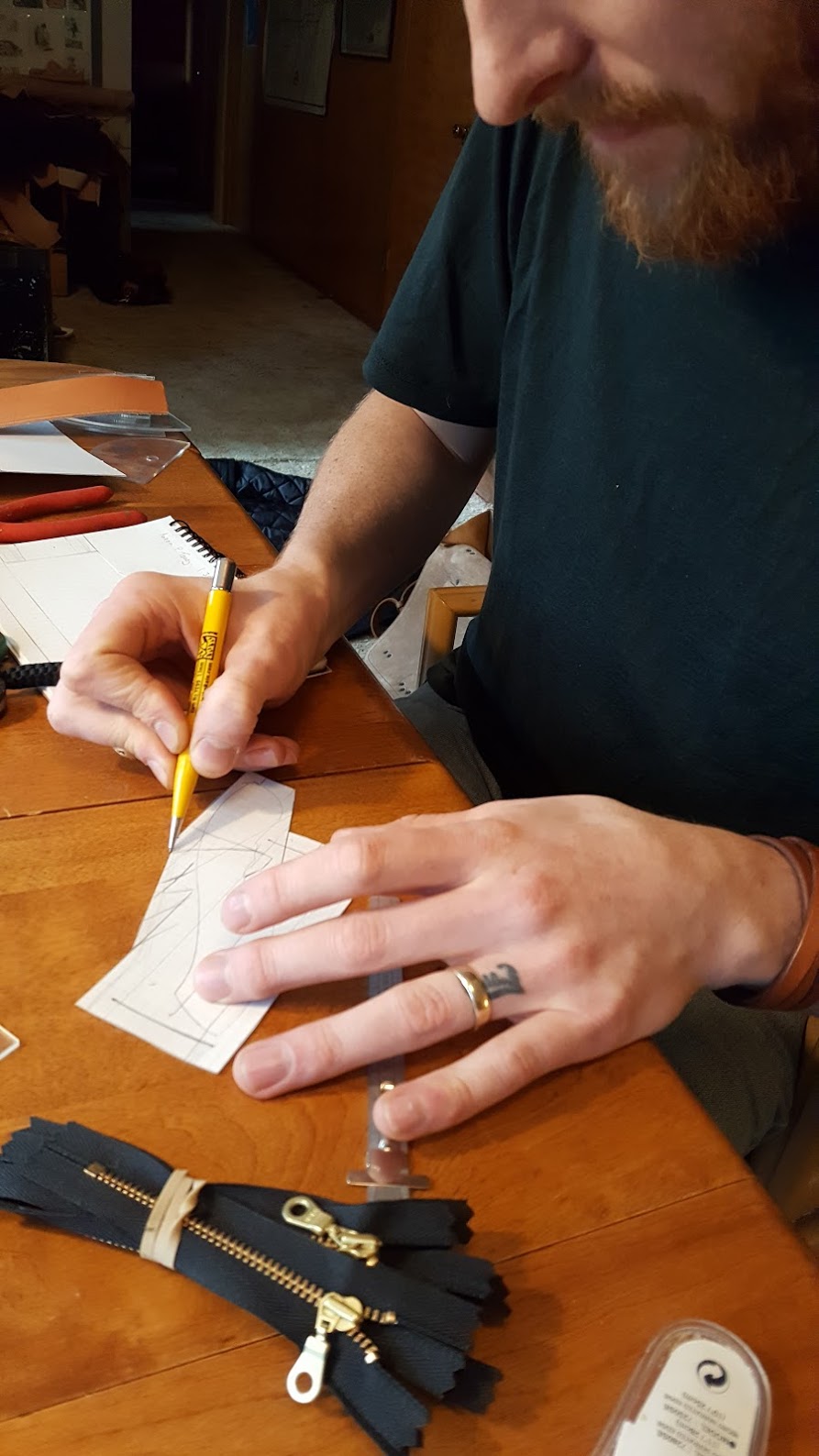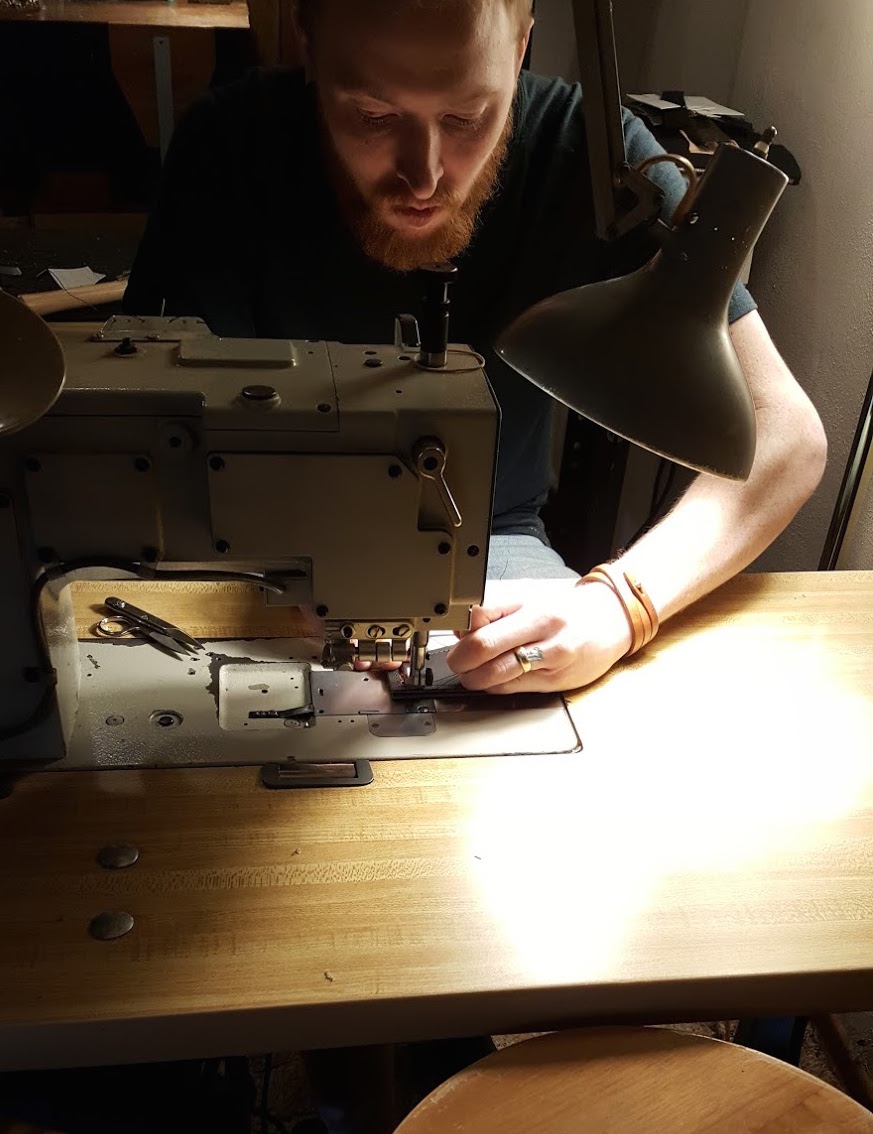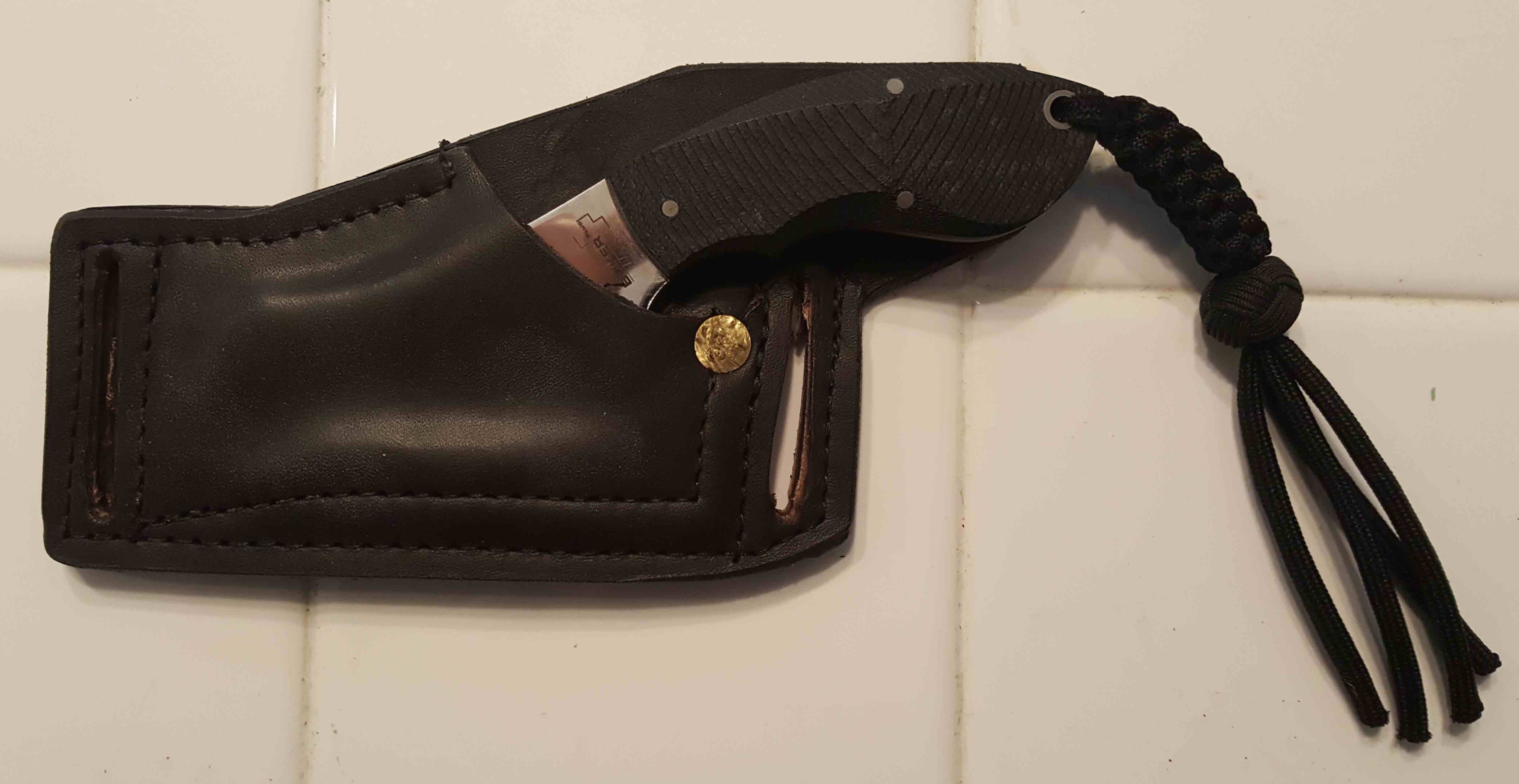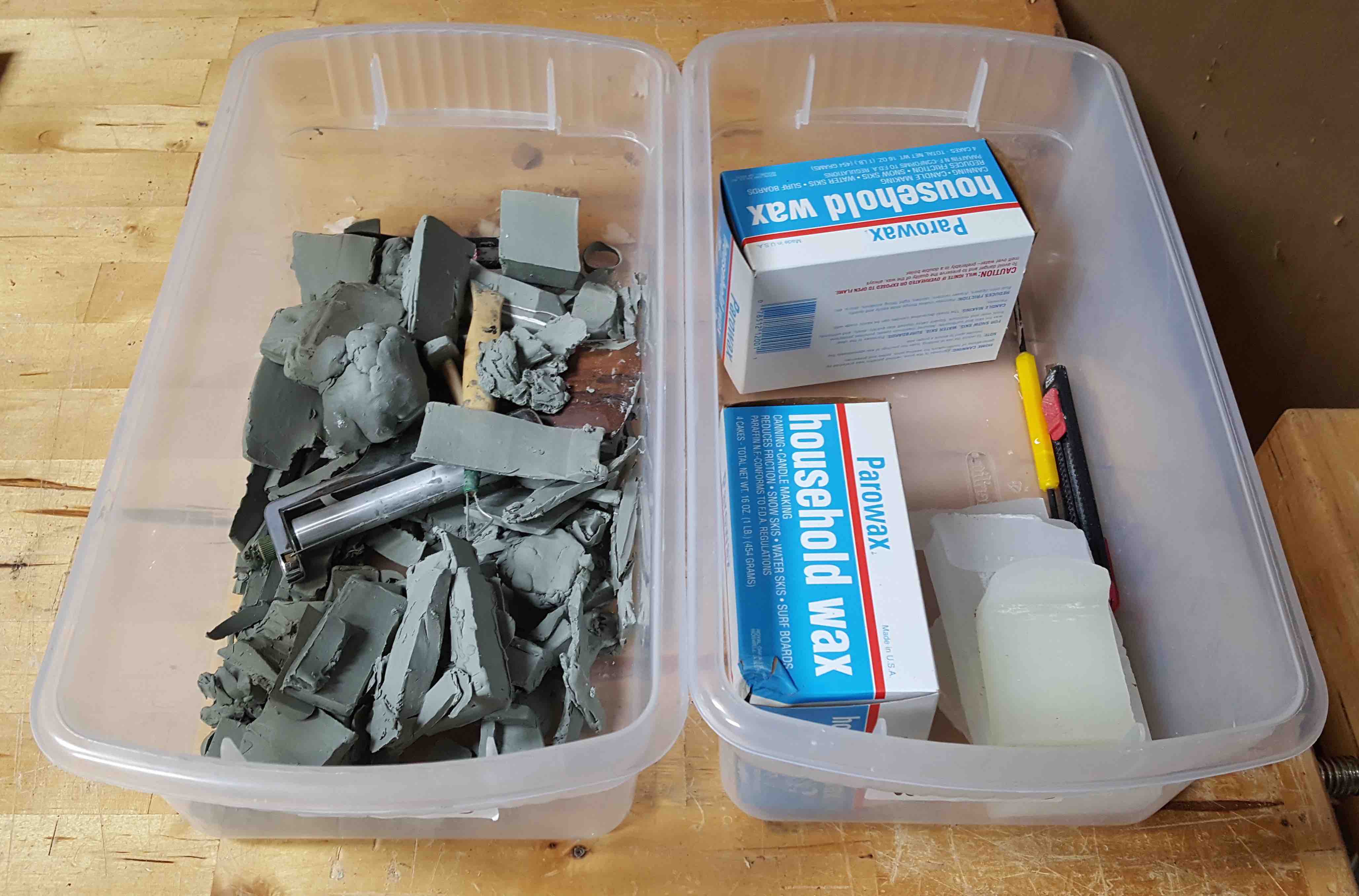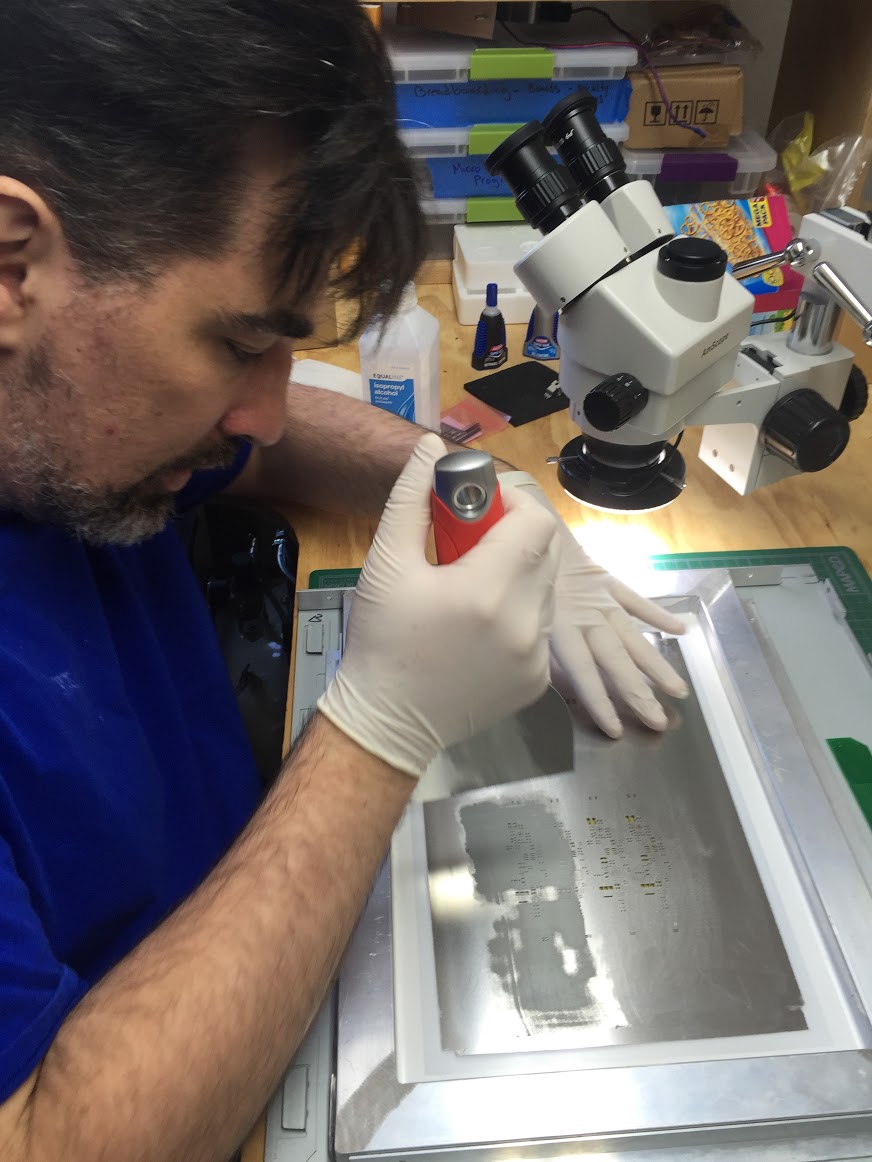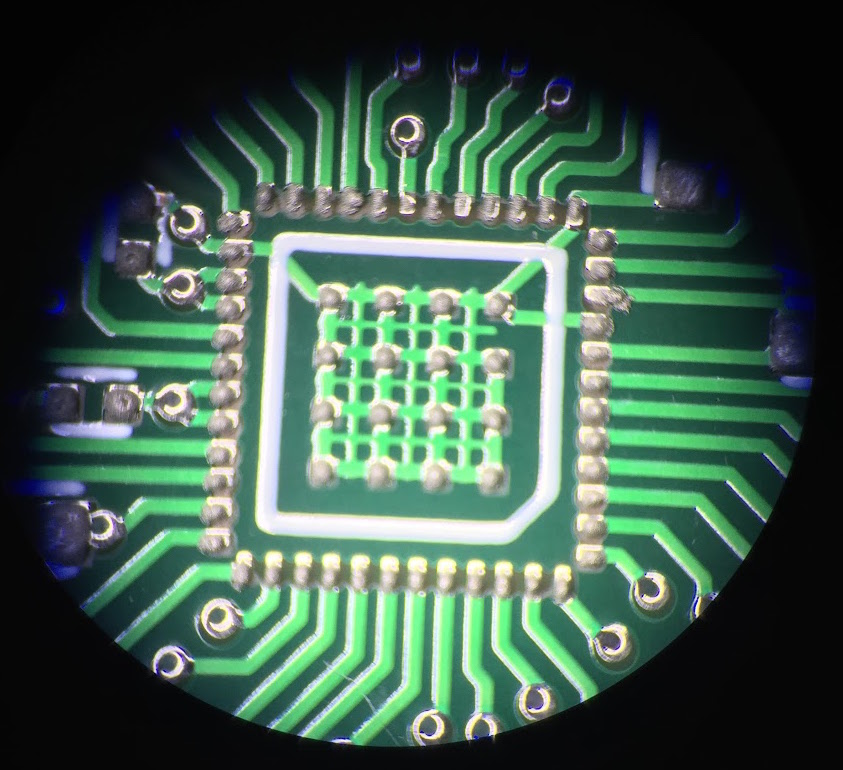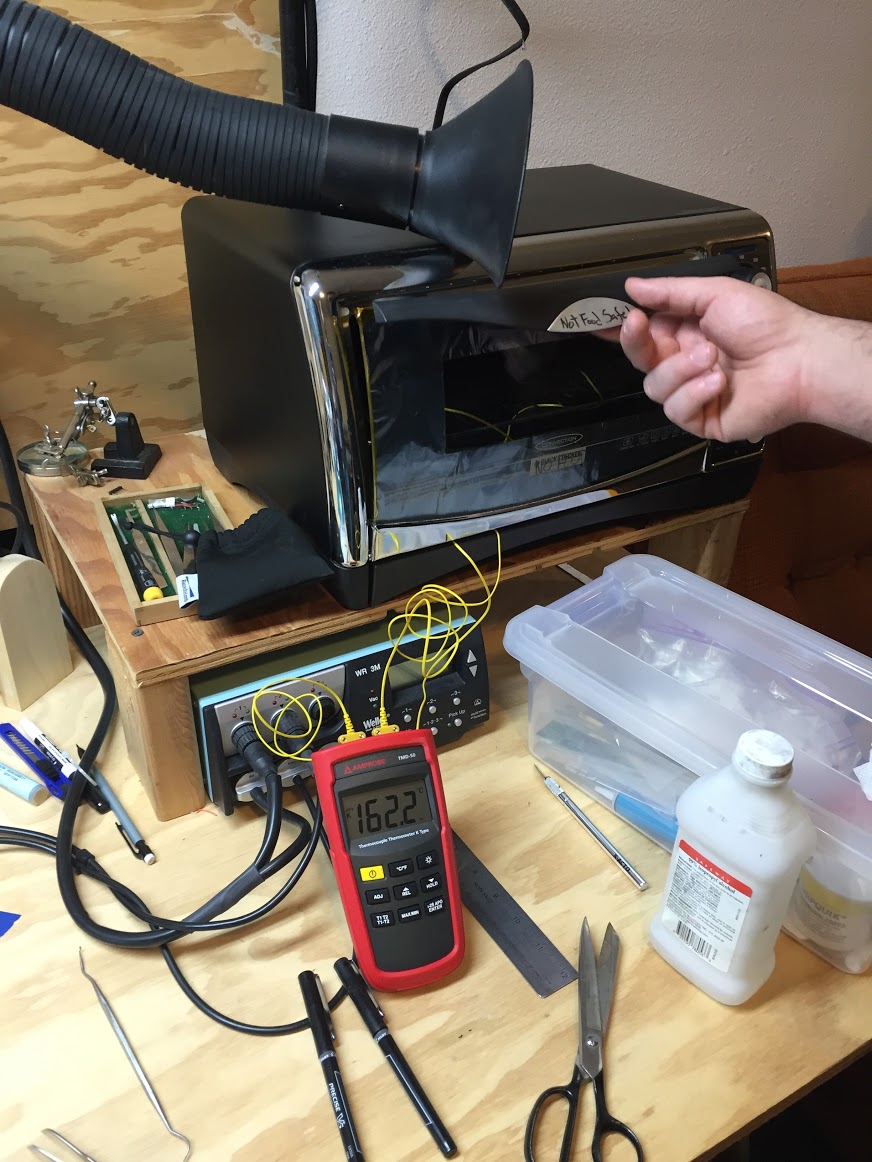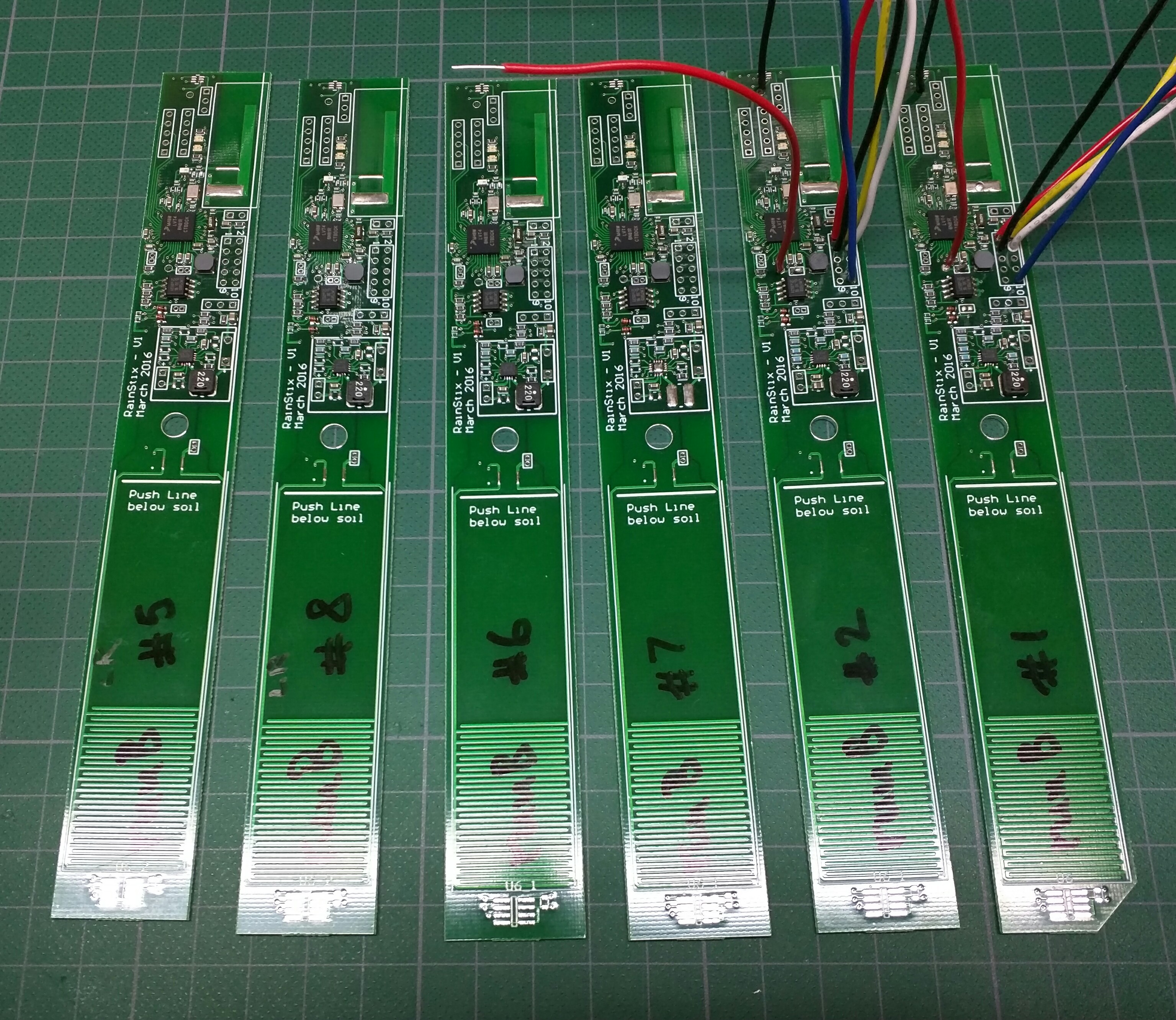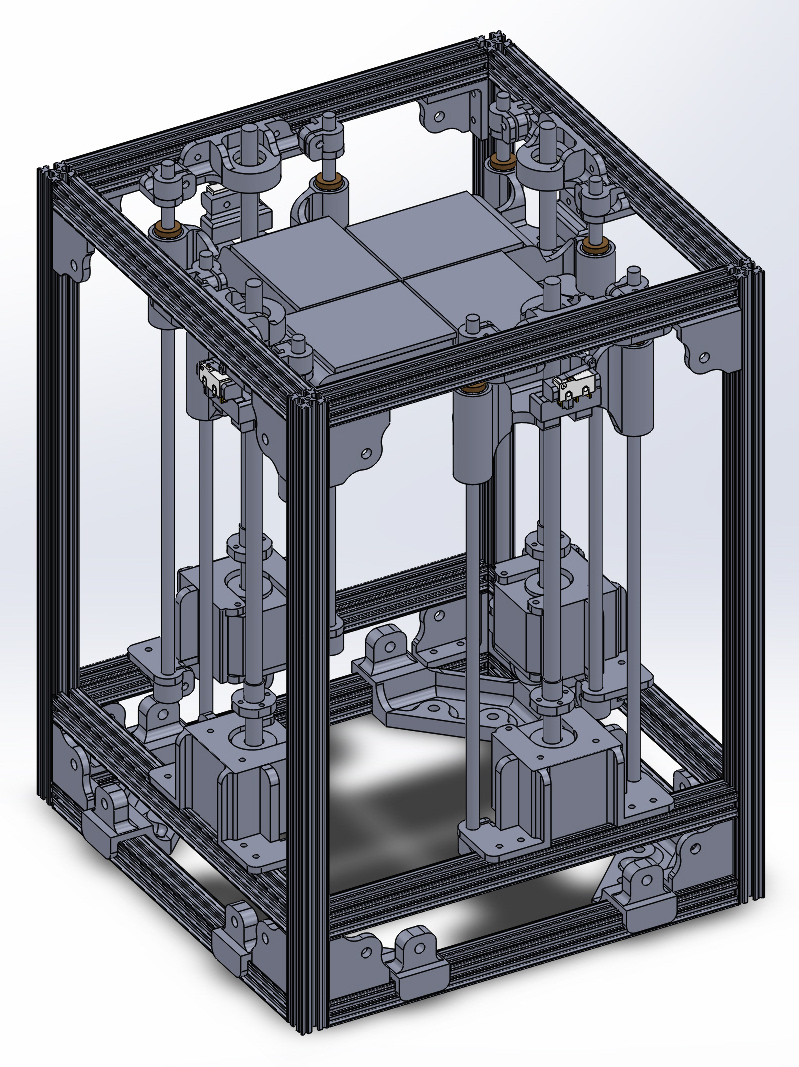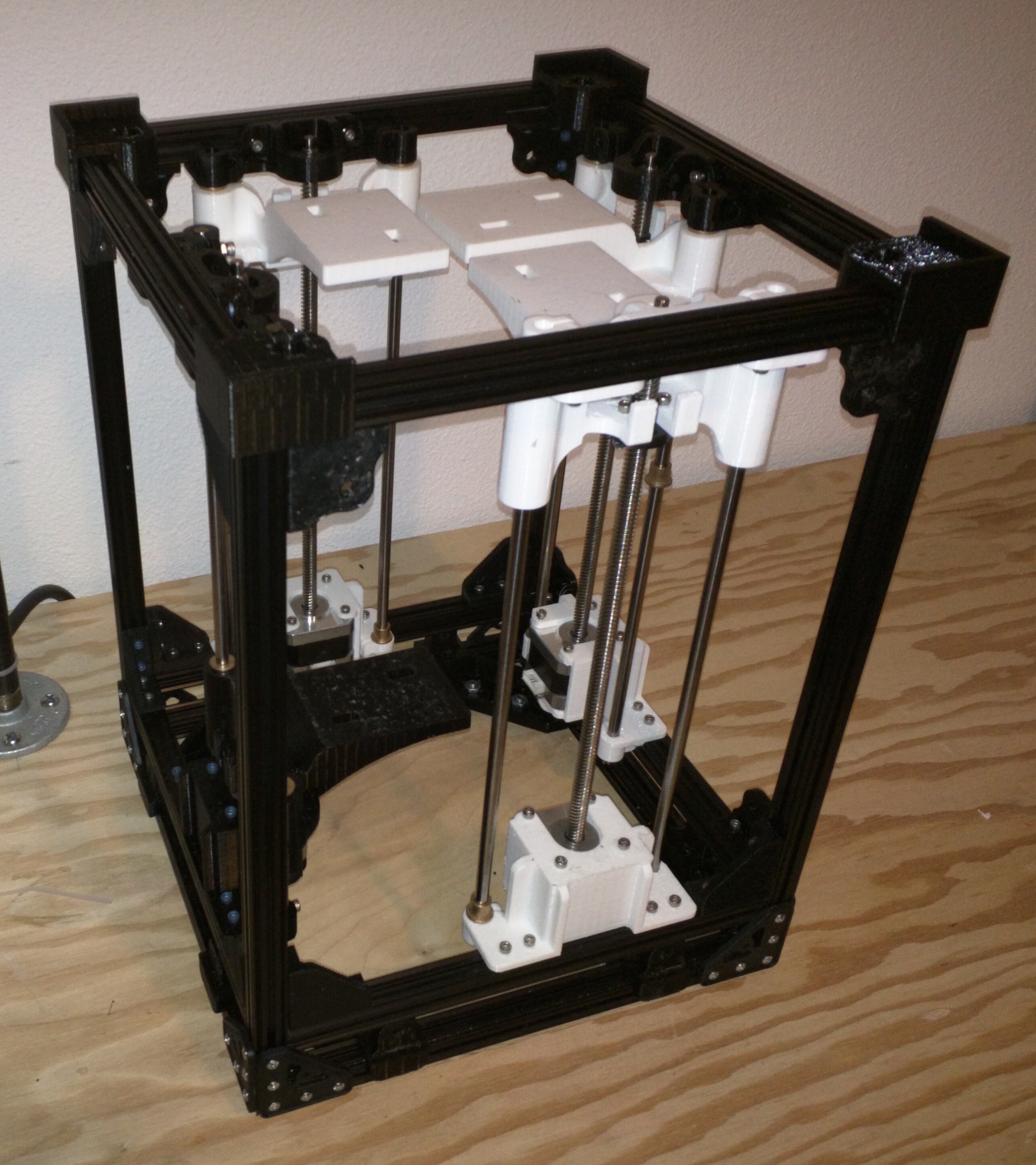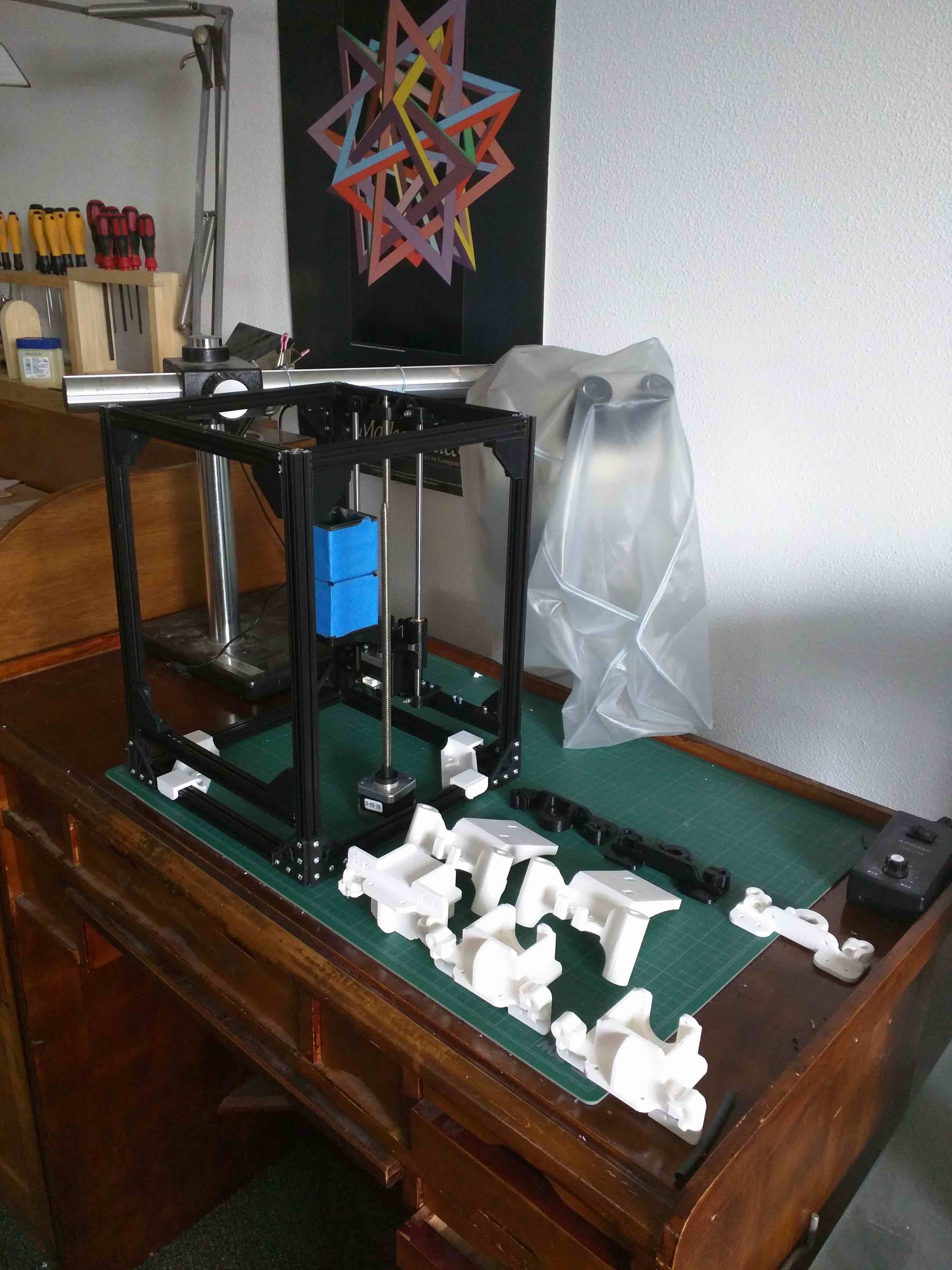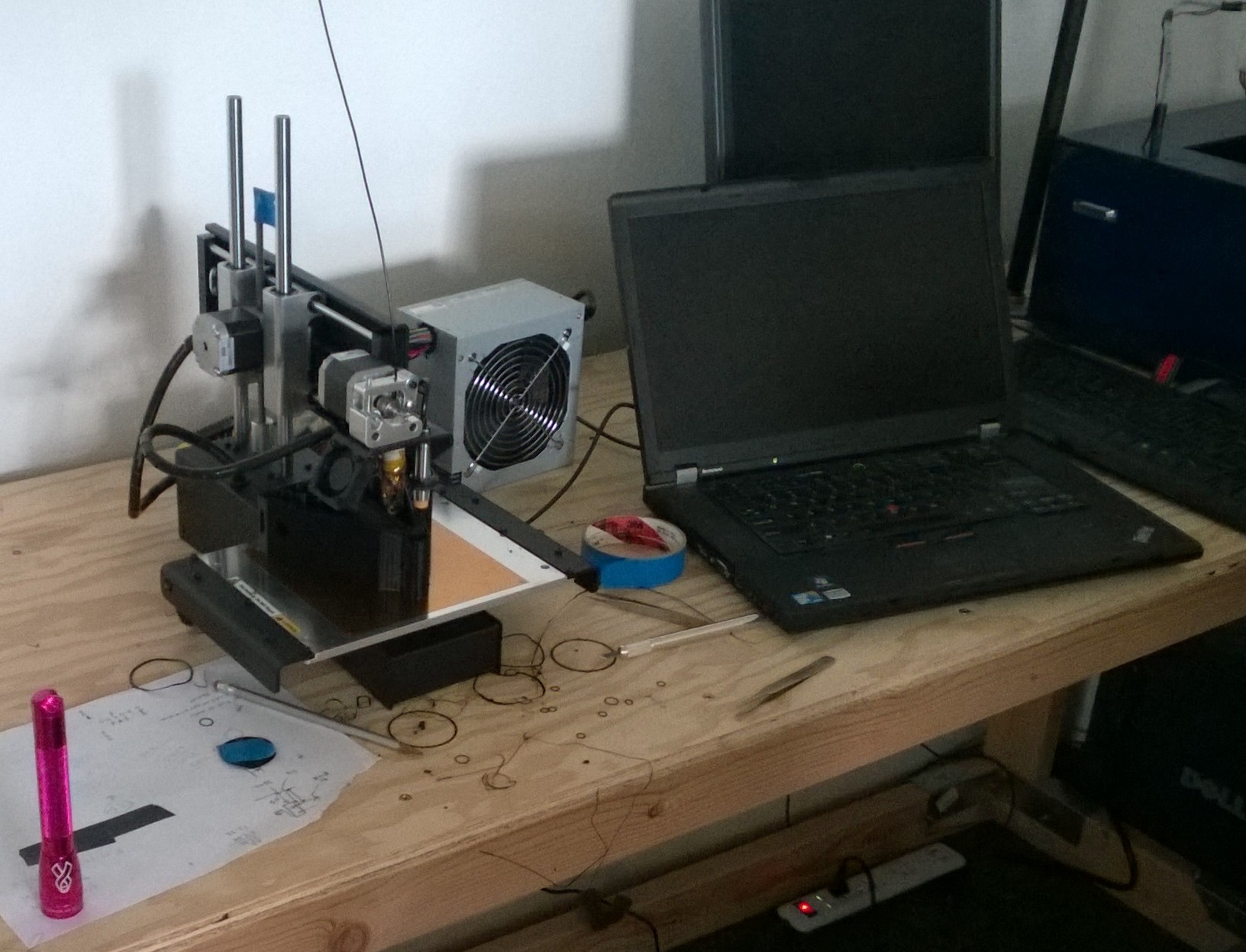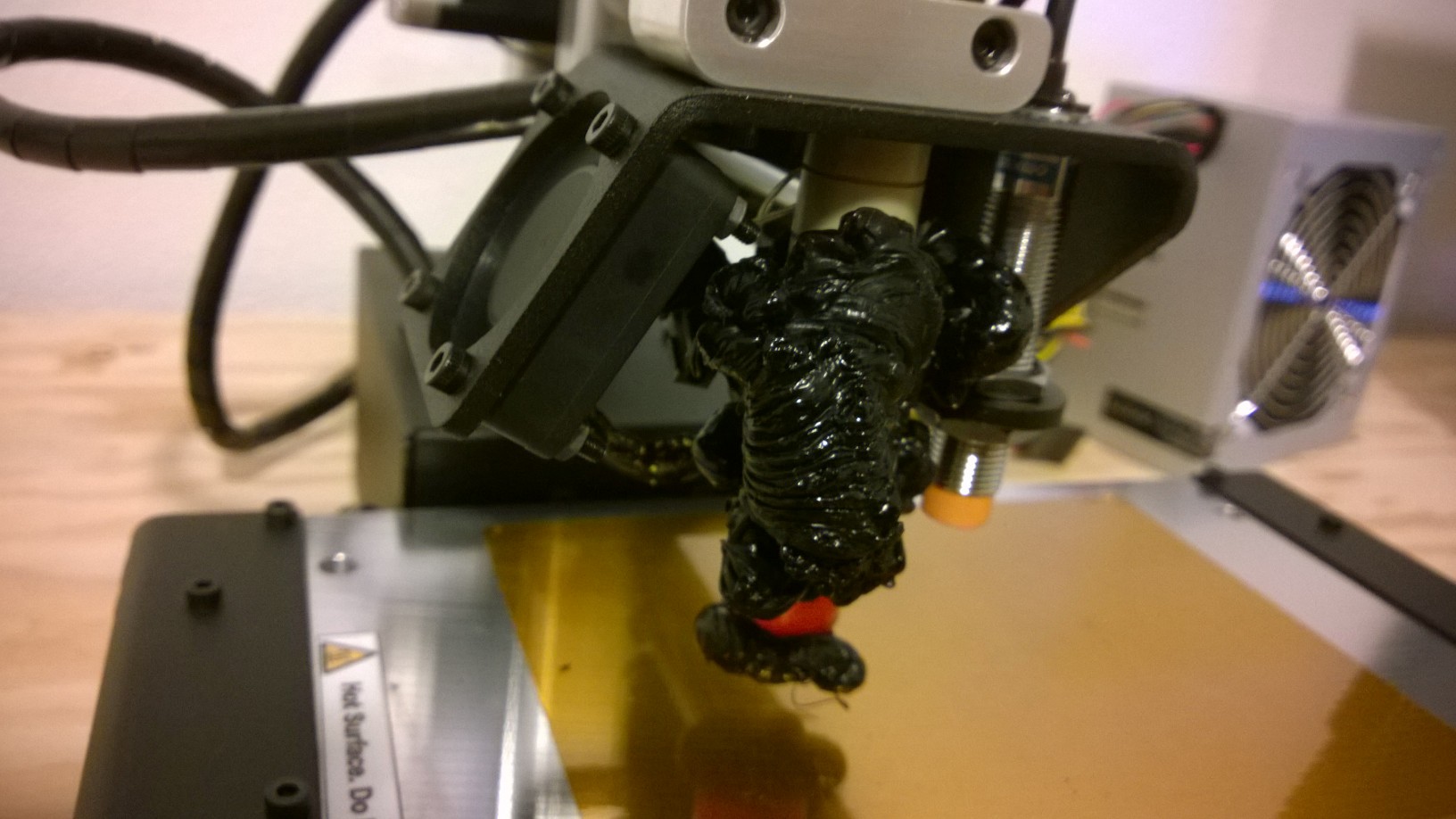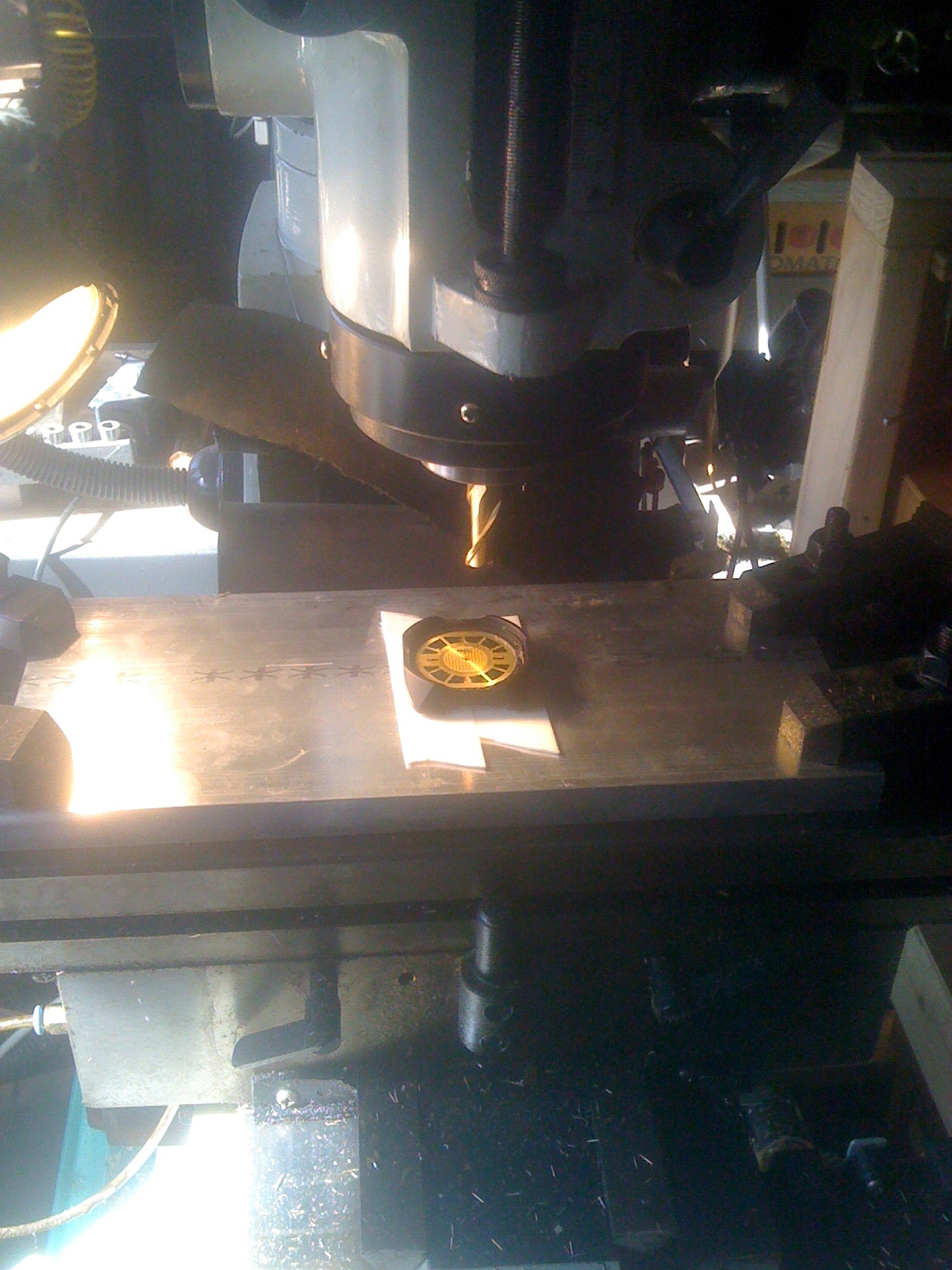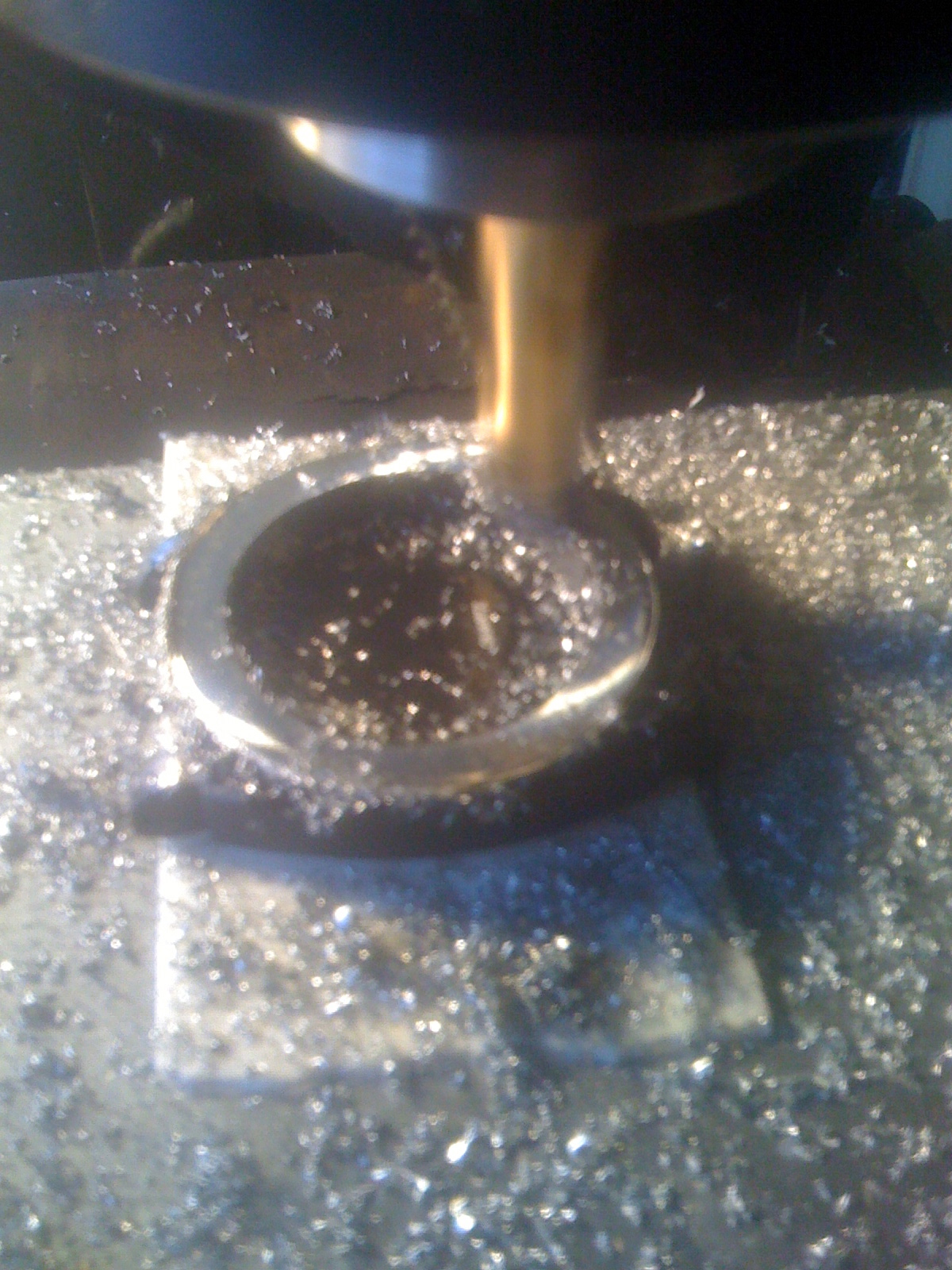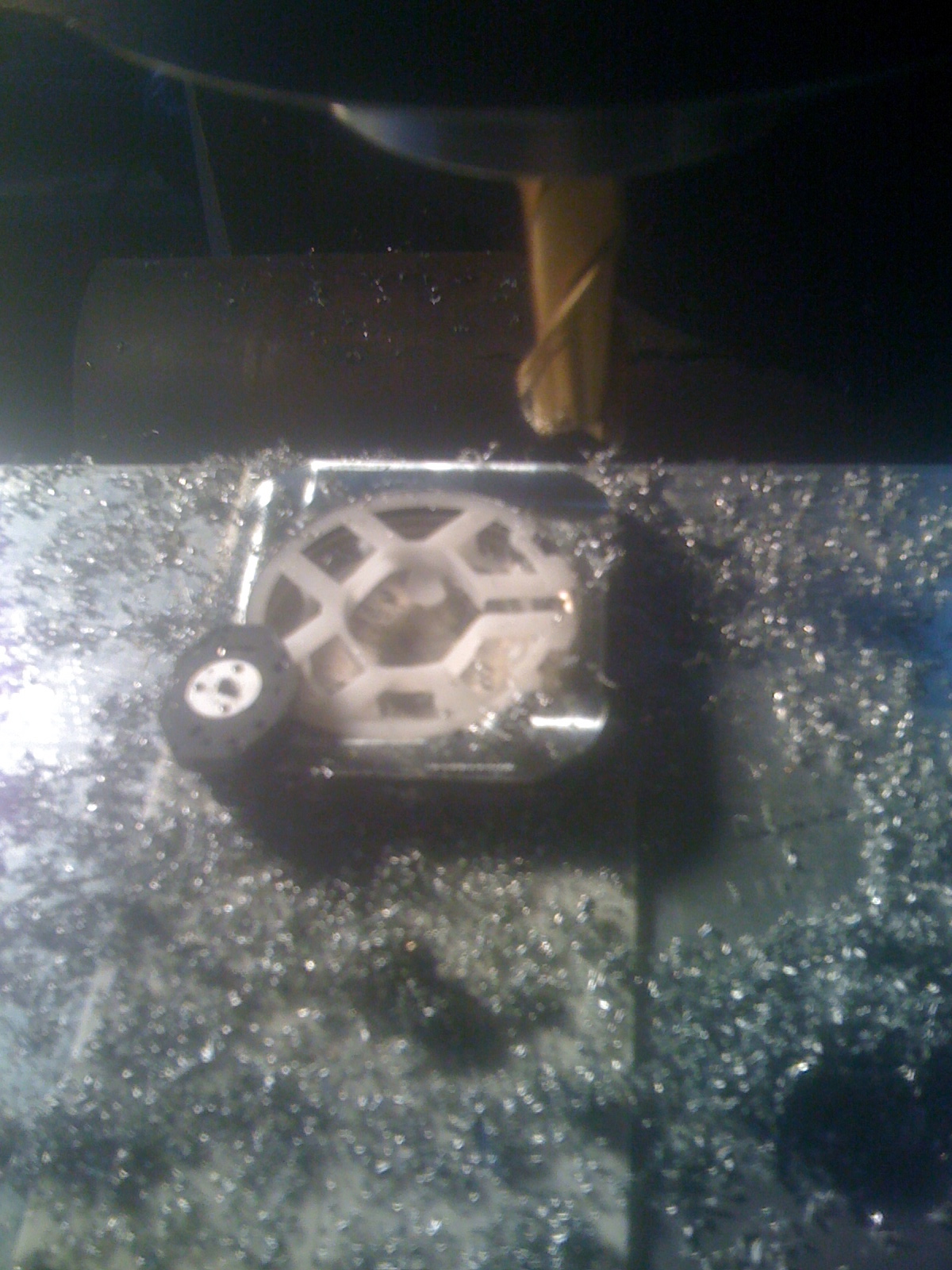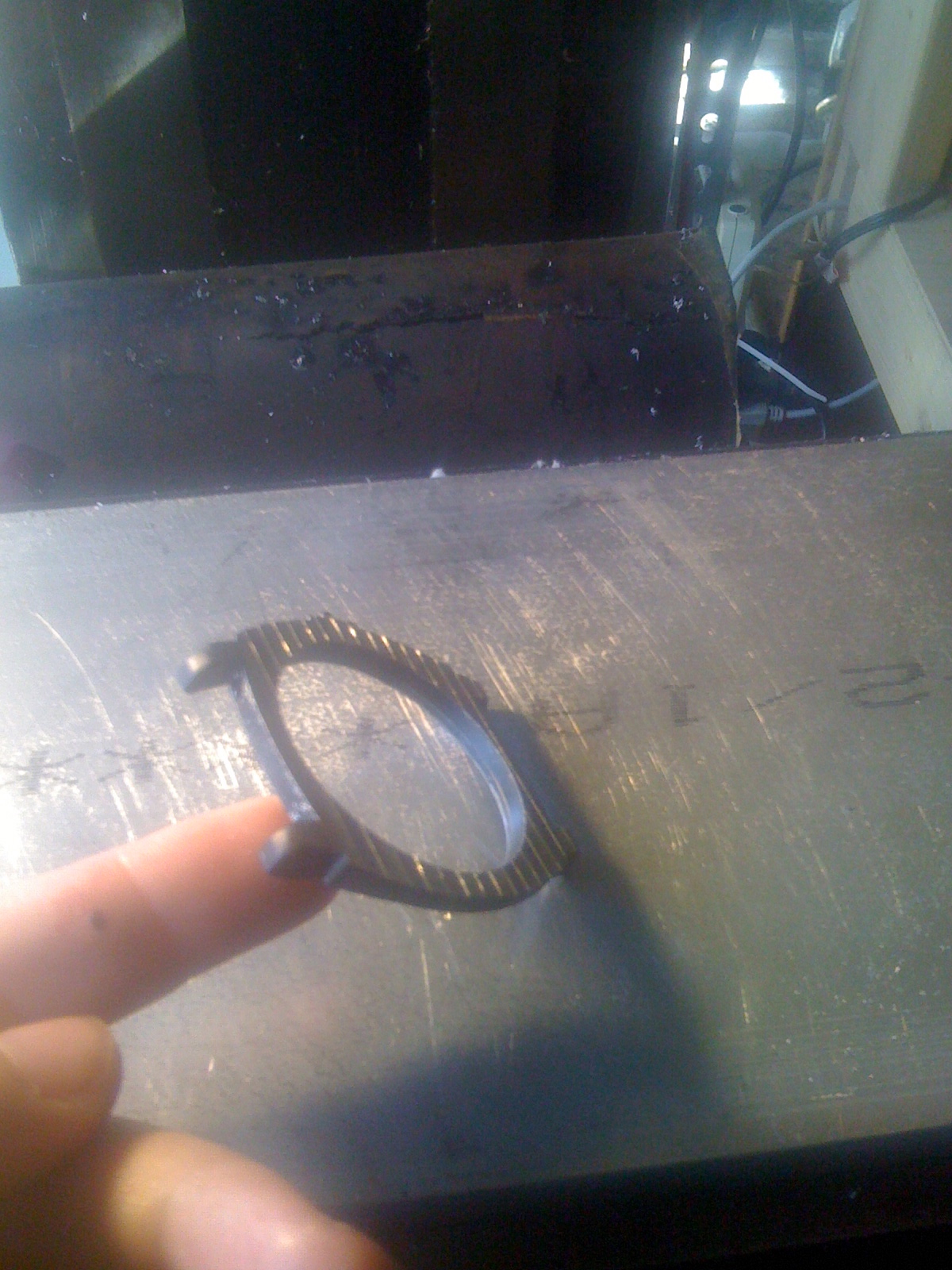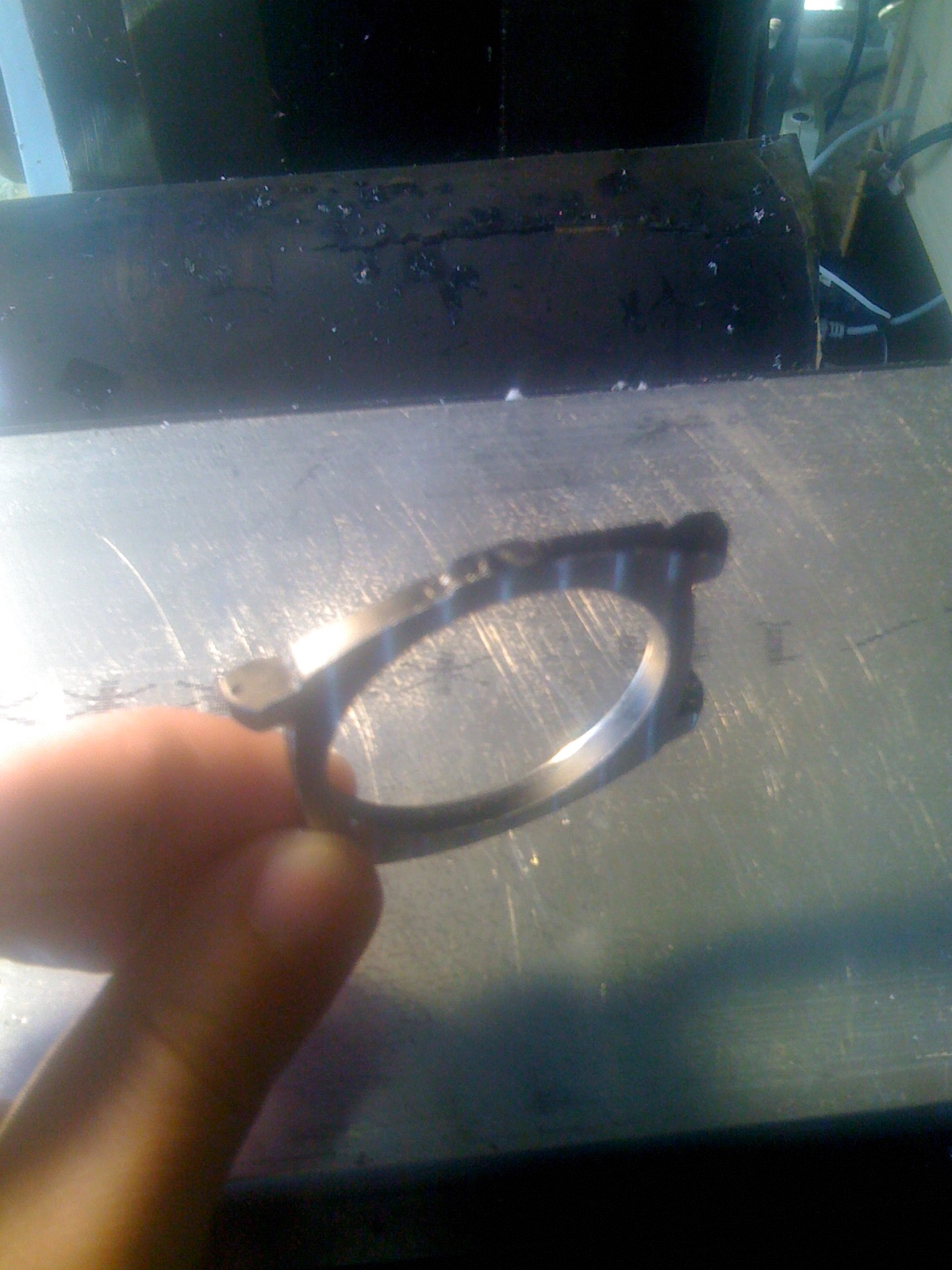Yesterday I got to work with a craftsman to prototype up something I have been wanting for a long time, a custom knife sheath. I had been intending to make the prototypes myself – and even gone so far as ordering leather and leather working tools. Fortunately for me I met Chris from Cedrus (https://www.wearecedrus.com).
After talking for a while about what I was making – he was able to help me put together a prototype to wear around for a few weeks. The goal being to figure out any problems with the design and get it really tuned for me. At which point we could get a real one made. It is worth saying that Chris’s idea of a quick prototype is better than most custom made sheaths I have seen. If I had not watched him crank it out I just never would have believed how fast it came together.
He started by talking to me about what I wanted and why I wanted it. It was an amazingly familiar process, just a bit odd as I am used to being on the other side of things. Then we started sketching different designs out of paper.
From there he cut the template pieces out of leather, and stitched it together. Probably a dozen hours of trial and error to get something similar had I attempted it myself, all done while I watched.
I always love watching a crafts person, who knows what they are doing, in their own shop just cranking through a project. Shows me just how much is left out there to learn. If you have never had something custom made for you, I can’t recommend it enough. This is already the best sheath I have worn. It is comfortable, and just disappears when you put it on. The angle of the knife handle is the angle of my hand as I reach for it. So using it just feels right. I even forgot I was wearing it when we went to clean up. If you have every worn a Kydex sheath ( a type of hard plastic), they are at best bulky and awkward and you never forget they are there. Best of all, we extended the leather with a strip so you don’t poke yourself in the back when you re-sheath the knife.
Here is the prototype we came up with. The knife is a Böker Rhino. It has a sheep foot curve to the blade and a thick spine. Best of all it is not that expensive. So it is great for heavy every day use and abuse. Best of all it does not look threatening. I love this design. It lets me horizontal carry a knife on the small of my back, without looking like I am some wacko who secretly want to be Rambo.
I’m really glad we prototyped this. I already found one or two small things I’d like to tweak for the final design, but it is already way better than I had hoped.
If you are looking for a sheath I highly recommend reaching out to Chris.
